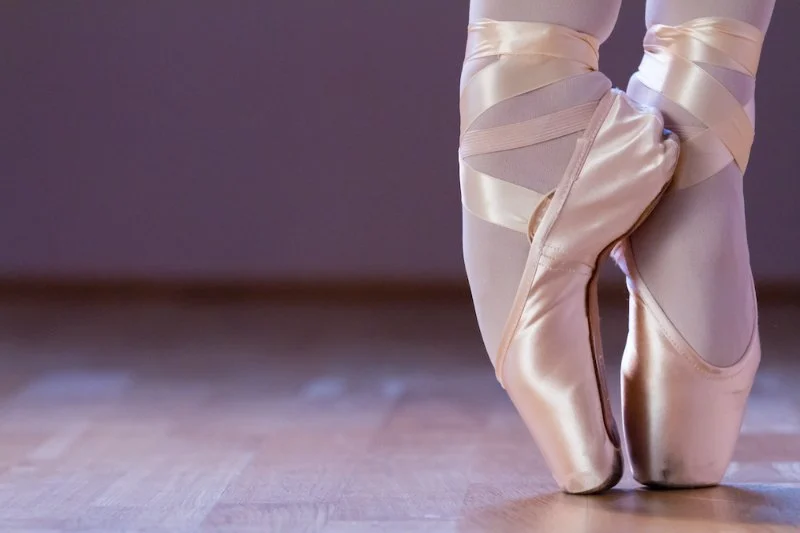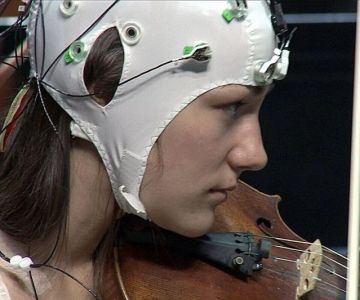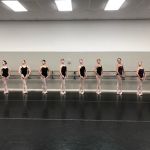
How to Break In New Dance Shoes So They're Comfortable
- 1. Why Breaking In Dance Shoes Is Essential
- 2. Steps to Effectively Break In New Dance Shoes
- 3. Tips for Avoiding Foot Pain While Breaking In Dance Shoes
- 4. Common Mistakes to Avoid When Breaking In Dance Shoes
- 5. How to Choose the Right Dance Shoes for Your Feet
1. Why Breaking In Dance Shoes Is Essential
New dance shoes, whether for ballet, tap, jazz, or ballroom, can be stiff and uncomfortable straight out of the box. Breaking them in is a crucial step to ensure that your shoes mold to the shape of your feet, providing comfort and support during dance sessions. Without proper breaking-in, you may experience blisters, sore feet, or an inability to move fluidly, which could affect your performance and enjoyment.
Breaking in your dance shoes ensures a snug, comfortable fit, allowing for greater freedom of movement while reducing the risk of injury. A well-broken-in shoe can make a significant difference in how you feel while dancing, helping you focus more on technique than discomfort.

Electric Cowboy Longview / electric cowboy longview photos
1016 McCann Rd, Longview, TX 75601, USA
2. Steps to Effectively Break In New Dance Shoes
There are several methods to break in new dance shoes effectively. Here are some steps to follow to ensure a smooth transition from new to comfortable:
- Wear them around the house: Start by wearing your shoes around your home for short periods. This helps the shoes gradually loosen up without subjecting your feet to intense dancing.
- Use shoe stretchers: Shoe stretchers can help expand the width and length of your dance shoes. Insert them into your shoes overnight to stretch them out, especially if they feel too tight around the toes.
- Dance at a slow pace: Once your shoes feel comfortable to wear, begin practicing simple, slow movements. Gradually increase the intensity of your dancing to let the shoes stretch while you move.
- Apply leather conditioner: If you have leather dance shoes, applying a small amount of leather conditioner can help soften the material, making it more pliable and less stiff over time.
- Use heat sparingly: If your shoes feel particularly stiff, you can use a hairdryer on a low setting to warm them up slightly. This will make the material more flexible. However, be cautious with heat as excessive warmth can damage the shoe material.
3. Tips for Avoiding Foot Pain While Breaking In Dance Shoes
While breaking in new shoes is important, it's essential to avoid foot pain during the process. Here are some tips to ensure you stay comfortable:
- Start slowly: Don't jump straight into a full dance routine. Start with short wear times and slow movements to avoid putting too much pressure on your feet too quickly.
- Use blister protection: If you're prone to blisters, apply blister pads or moleskin to areas where you might experience rubbing, such as the back of your heels or toes.
- Wear socks or liners: If possible, wear thin socks or foot liners while breaking in your shoes. This can help reduce friction and prevent discomfort.
- Alternate shoes: If you're dancing frequently, alternate between your new shoes and an older, more comfortable pair to give your feet a break while still breaking in the new shoes.
4. Common Mistakes to Avoid When Breaking In Dance Shoes
Many dancers make mistakes when breaking in their new dance shoes, which can lead to discomfort or even damage to the shoes. Here are some common mistakes to avoid:
- Breaking them in too quickly: It's important to give your shoes time to adjust gradually. Rushing the process can lead to discomfort and foot pain.
- Not choosing the right size: Always ensure your shoes fit properly before starting the breaking-in process. Shoes that are too tight or too loose will be uncomfortable and difficult to break in.
- Forgetting to care for the shoes: Regularly clean and maintain your shoes. Not doing so can cause materials like leather or suede to dry out or lose their shape, making them uncomfortable and less durable.
5. How to Choose the Right Dance Shoes for Your Feet
Choosing the right dance shoes is essential to ensure comfort, support, and injury prevention. Here are some tips for selecting the perfect pair for your feet:
- Consider the type of dance: Different dances require different shoes. For example, ballet shoes are soft and flexible, while ballroom shoes have a sturdy heel. Make sure to choose shoes suited for your specific dance style.
- Check for a proper fit: Dance shoes should fit snugly but not be too tight. Ensure there's enough room for your toes to move but not enough space for them to slide around inside the shoe.
- Look for durable materials: Choose shoes made of durable materials such as leather or suede for better flexibility and longevity. Avoid shoes made of synthetic materials that may wear out too quickly.
For more personalized advice on dance shoes or to browse our selection, visit Creative Edge Dance Studio for the best products and services.







 Dance Bethesda5.0 (4 reviews)
Dance Bethesda5.0 (4 reviews) The Ballet Slipper5.0 (3 reviews)
The Ballet Slipper5.0 (3 reviews) Ozone Park Try Kickboxing & Zumba Now5.0 (10 reviews)
Ozone Park Try Kickboxing & Zumba Now5.0 (10 reviews) Vitacca Ballet & School For Dance, The Woodlands4.0 (9 reviews)
Vitacca Ballet & School For Dance, The Woodlands4.0 (9 reviews) On Pointe Dancewear4.0 (159 reviews)
On Pointe Dancewear4.0 (159 reviews) barre35.0 (29 reviews)
barre35.0 (29 reviews) How to Start Dance Improvisation & Become Spontaneous in Your Dance Style
How to Start Dance Improvisation & Become Spontaneous in Your Dance Style How to Deal with Sweat and Hygiene in Group Dance Classes | Creative Edge Dance Studio
How to Deal with Sweat and Hygiene in Group Dance Classes | Creative Edge Dance Studio How to Plan Your Week Around Multiple Dance Classes
How to Plan Your Week Around Multiple Dance Classes What is Dance Therapy? Using Movement for Healing
What is Dance Therapy? Using Movement for Healing What is Heels Dance and Is It Empowering or Just Difficult?
What is Heels Dance and Is It Empowering or Just Difficult? What is Ballroom Dancing? Smooth and Rhythm Categories Explained
What is Ballroom Dancing? Smooth and Rhythm Categories Explained